
by Doug Mayo | Sep 10, 2021
I have found that farmers, in general, are very patriotic people. This week’s featured video showcases the time and expense that one crop farmer made to ensure people all over the US know that farmers have not forgotten 9/11/2001. This weeks featured video was...
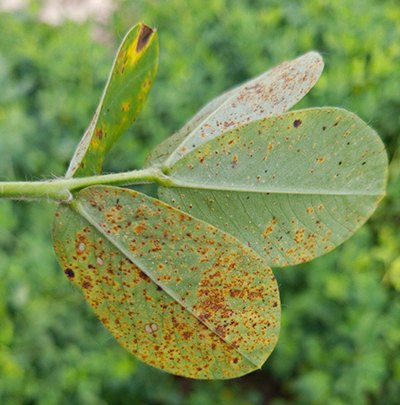
by Ethan Carter | Aug 27, 2021
Ethan Carter, Regional Crop IPM Agent, De Broughton, Regional Crop Agent, Nick Dufault, Crop Pathologist As we near the end of August, many peanut fields in the Panhandle range from 100 to 125 days after planting (DAP). This late in the season, some growers are...
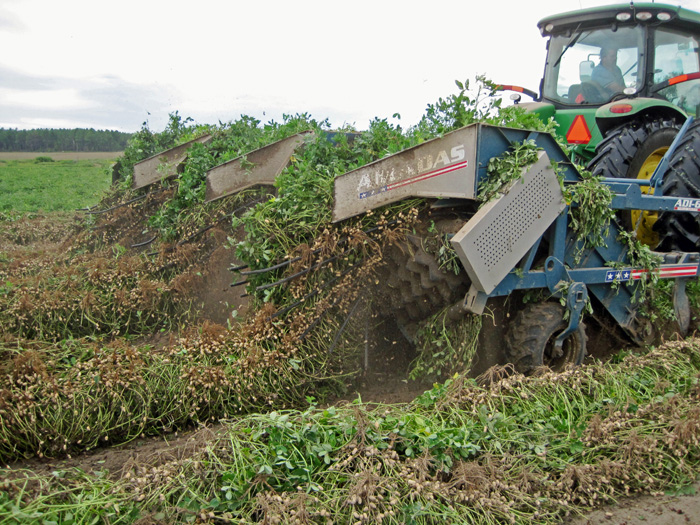
by Mark Mauldin | Aug 27, 2021
Mark Mauldin, Ag & Natural Resources Agent Washington County, Dr. Barry Tillman, Peanut Breeder UF/IFAS NFREC, Ethan Carter, Regional Row Crop IPM Agent, and Camila Ichazo The days keep ticking by as we progress through this 2021 crop year. As you can see...
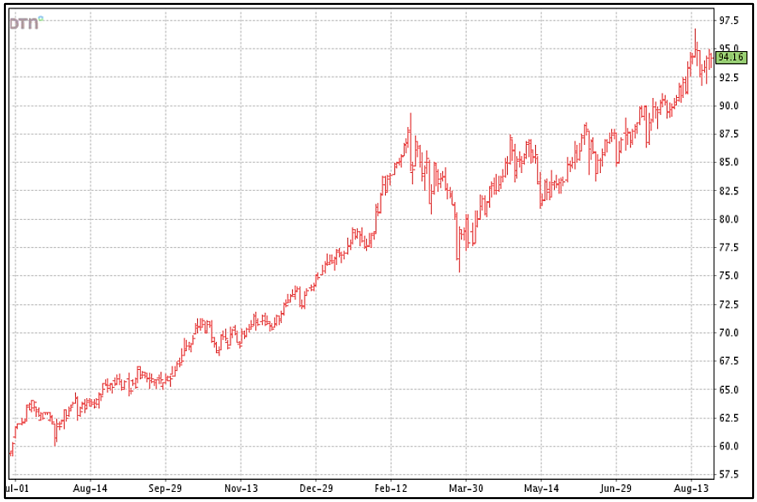
by external | Aug 27, 2021
Don Shurley, UGA Professor Emeritus of Cotton Economics Most of the time, but not always, prices tend to trend down as we move closer to harvest. It’s called seasonality, and for that reason, farmers like to price some portion of their crop prior to harvest. ...
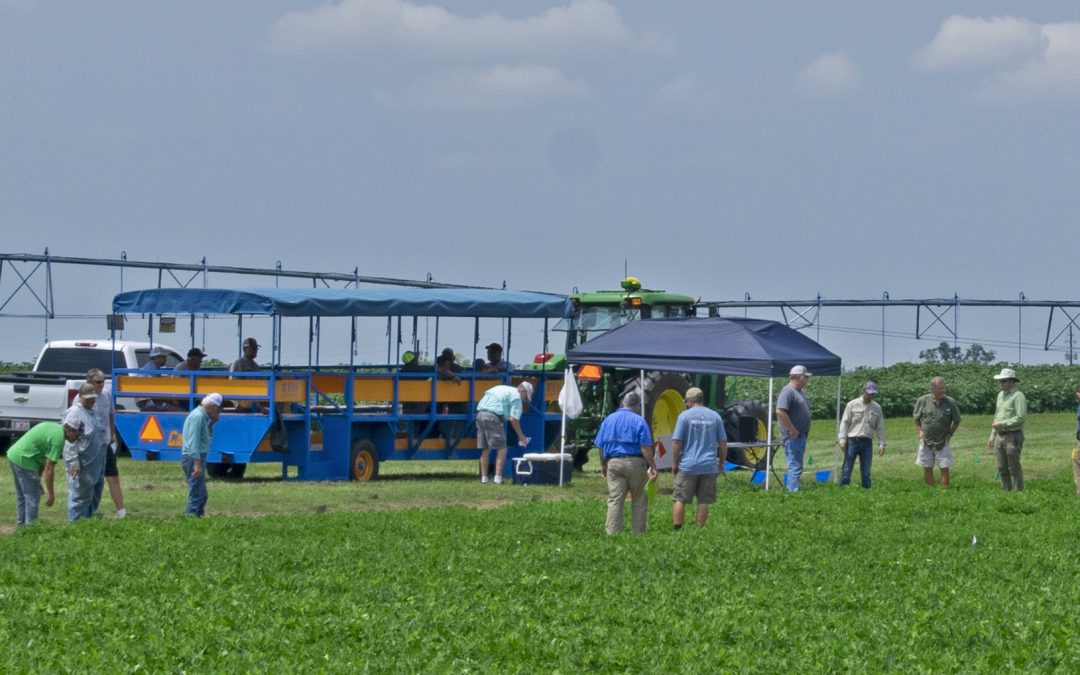
by Doug Mayo | Aug 27, 2021
The annual Peanut Field Day, hosted by the University of Florida, was held on Thursday, August 19, 2021, at the North Florida Research and Education Center, Marianna, Florida. This week’s two featured videos share the highlights from this event with a video...
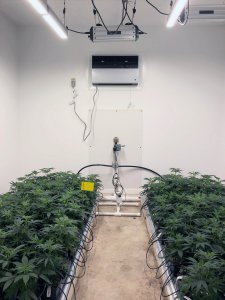
by external | Aug 20, 2021
Tory Moore, Public Relations Specialist, UF/IFAS Communications New UF/IFAS research suggests Florida growers must carefully select hemp varieties and factor the length of a given day when scheduling when to plant. Understanding hemp flowering behavior, or how...







